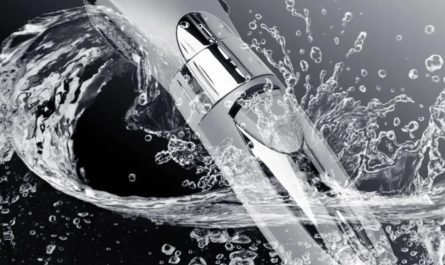Introduction:
Sterilizing a toothbrush to eliminate bacteria, including Streptococcus (strep), is crucial to maintaining oral health and preventing infection spread. Boiling is an effective method to disinfect a toothbrush, but it’s important to know the correct duration and process to ensure complete sterilization without damaging the toothbrush. This comprehensive guide explores the steps and best practices for boiling a toothbrush to kill strep, as well as alternative methods for disinfection and maintenance tips.
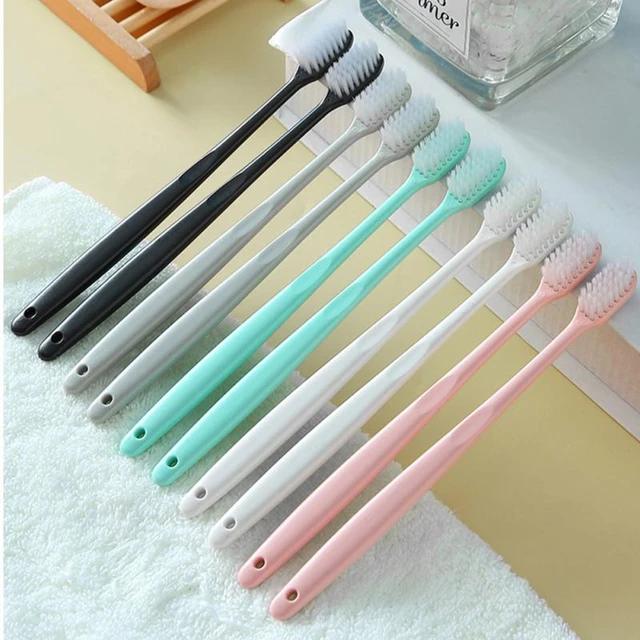
How Long to Boil a Toothbrush to Kill Strep?
Understanding the Importance of Toothbrush Sterilization
Toothbrushes can harbor harmful bacteria, making regular sterilization essential.
Strep and Oral Health: Strep bacteria can cause infections such as strep throat, which is highly contagious and easily spread through contaminated toothbrushes. Ensuring your toothbrush is free from these bacteria helps prevent reinfection and transmission.
Improving Hygiene: Regular toothbrush sterilization improves overall oral hygiene by eliminating various microorganisms, including bacteria, viruses, and fungi, that can lead to oral and systemic health issues.
Exploring Effective Toothbrush Boiling Techniques
Proper techniques ensure effective sterilization without damaging the toothbrush.
Step 1: Prepare the Necessary Materials
Gather Materials:
- A medium to large pot
- Enough water to fully submerge the toothbrush
- Tongs or a heat-resistant slotted spoon
- Clean cloth or paper towel for drying
Step 2: Boiling the Toothbrush
Fill and Heat the Pot: Fill the pot with enough water to fully submerge the toothbrush. Place the pot on the stove and bring the water to a rolling boil.
Boil for the Correct Duration: Once the water reaches a rolling boil, submerge the toothbrush into the boiling water using tongs or a heat-resistant slotted spoon. Boil the toothbrush for at least 3 to 5 minutes. This duration is sufficient to kill most bacteria, including strep.
Monitor the Boiling Process: Keep an eye on the toothbrush as it boils to ensure it remains fully submerged and the boiling water does not overflow.
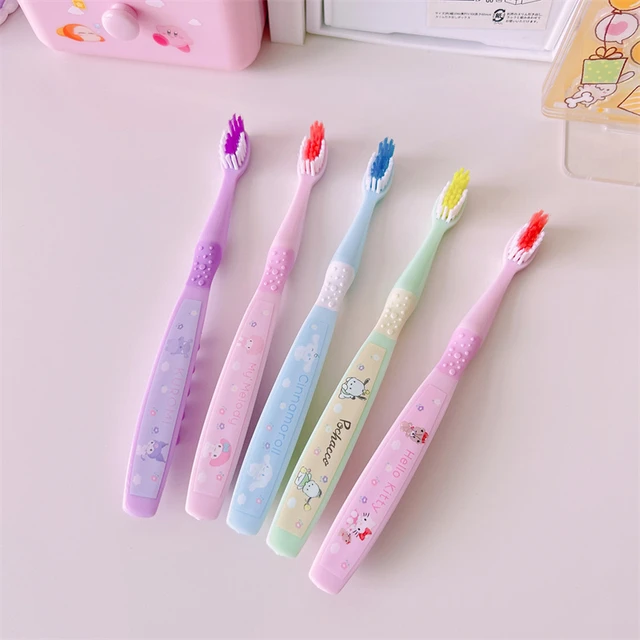
Step 3: Removing and Cooling the Toothbrush
Remove the Toothbrush Safely: Using tongs or a slotted spoon, carefully remove the toothbrush from the boiling water to avoid burns.
Allow to Cool: Place the toothbrush on a clean cloth or paper towel and allow it to cool completely. Avoid using the toothbrush immediately, as the bristles and handle may still be hot.
Inspect for Damage: After the toothbrush has cooled, inspect it for any signs of damage, such as melted bristles or a warped handle. If the toothbrush shows signs of damage, it’s best to replace it.
Alternative Methods for Toothbrush Disinfection
While boiling is effective, alternative disinfection methods are also available for those who prefer or need other options.
Hydrogen Peroxide Soak: Soak the toothbrush head in a cup of hydrogen peroxide for 15 minutes. Hydrogen peroxide is an effective disinfectant that kills bacteria and other microorganisms.
Mouthwash Soak: Soaking the toothbrush in an antibacterial mouthwash for 15 minutes can also help kill bacteria. Ensure the mouthwash contains antiseptic ingredients like alcohol or cetylpyridinium chloride.
UV Sanitizers: UV sanitizers use ultraviolet light to kill bacteria and viruses on the toothbrush. These devices are convenient and effective, providing a chemical-free method for disinfection.
Vinegar Solution: A vinegar solution can be used as a natural disinfectant. Soak the toothbrush in a solution of equal parts vinegar and water for 30 minutes to eliminate bacteria.
Microwave Sterilization: Some microwave-safe toothbrushes can be sterilized by placing them in the microwave for 1-2 minutes. Ensure the toothbrush is labeled as microwave-safe and follow manufacturer instructions to prevent damage.
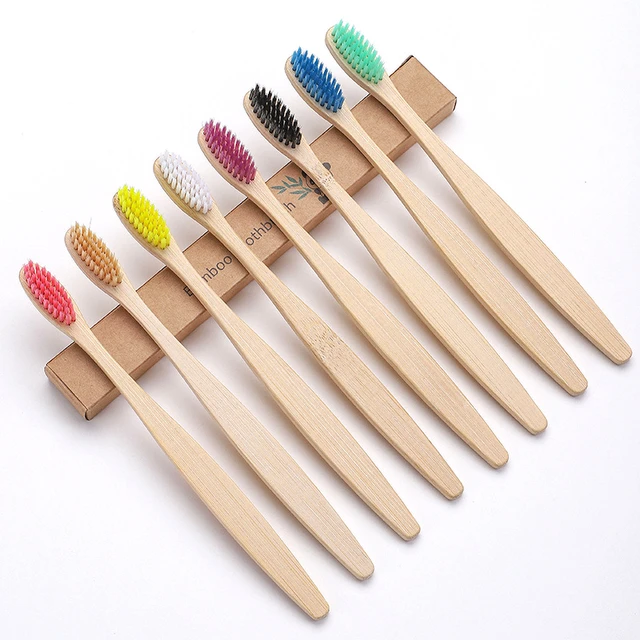
Best Practices for Toothbrush Maintenance
Implementing regular maintenance practices ensures your toothbrush remains clean and effective.
Regular Replacement: Replace your toothbrush every three to four months, or sooner if the bristles become frayed. A worn-out toothbrush is less effective at cleaning teeth and can harbor more bacteria.
Proper Storage: Store your toothbrush in an upright position and allow it to air dry. Avoid storing it in closed containers where moisture can promote bacterial growth. Keep toothbrushes separate to prevent cross-contamination.
Rinsing After Use: Rinse your toothbrush thoroughly with tap water after each use to remove toothpaste, food particles, and debris. Allow it to air dry completely before the next use.
Avoiding Shared Toothbrushes: Never share toothbrushes, even within the same household. Sharing toothbrushes increases the risk of cross-contamination and the spread of bacteria.
User Insights and Experiences
Learning from other users’ experiences with toothbrush sterilization provides practical tips and insights.
Positive Feedback on Boiling: Many users report success with boiling their toothbrushes for disinfection. They emphasize the importance of monitoring the boiling process and avoiding prolonged exposure to prevent damage.
Alternative Method Preferences: Users often highlight the convenience of UV sanitizers and hydrogen peroxide soaks for everyday disinfection. These methods provide effective sterilization without the need for boiling.
Professional Recommendations: Users value advice from dental professionals, who often recommend regular toothbrush disinfection to maintain oral health and prevent infections.
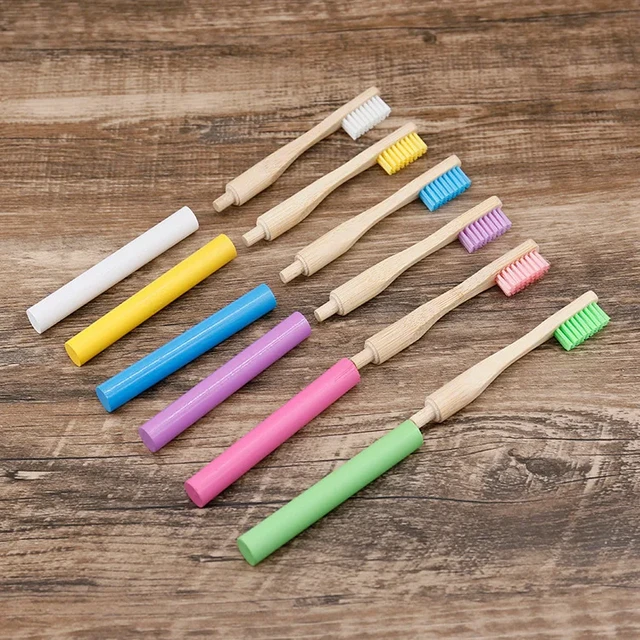
Daily and Long-Term Maintenance Insights
Incorporating daily and long-term maintenance practices ensures the effectiveness and longevity of your toothbrush.
Daily Disinfection: Incorporate a quick disinfection routine into your daily oral care habits. Rinsing the toothbrush with antimicrobial mouthwash or soaking it in hydrogen peroxide for a few minutes can be part of your daily routine.
Weekly Deep Cleaning: Perform a more thorough disinfection, such as boiling or using a UV sanitizer, on a weekly basis to ensure comprehensive cleaning and elimination of bacteria.
Regular Check-Ups: Schedule regular dental check-ups to monitor your oral health. Dental professionals can provide personalized recommendations for maintaining oral hygiene and preventing infections.
Comparing Boiling with Other Disinfection Methods
Understanding the advantages and potential drawbacks of different disinfection methods helps you choose the best option for your needs.
Boiling:
- Advantages: Highly effective at killing a wide range of bacteria, viruses, and fungi. Simple and does not require specialized equipment.
- Drawbacks: Risk of damaging the toothbrush if not monitored properly. Not suitable for all toothbrush materials.
Hydrogen Peroxide and Mouthwash Soaks:
- Advantages: Convenient and easily accessible. Effective in killing bacteria without the risk of damaging the toothbrush.
- Drawbacks: Requires regular replacement of the disinfecting solution. Might not be as thorough as boiling.
UV Sanitizers:
- Advantages: Efficient and chemical-free disinfection. Easy to use and suitable for everyday maintenance.
- Drawbacks: Higher initial cost and requires electricity. Effectiveness depends on the quality of the UV sanitizer.
Vinegar Solution and Microwave Sterilization:
- Advantages: Natural and effective disinfection methods. Vinegar is a readily available household product, and microwave sterilization is quick.
- Drawbacks: Vinegar has a strong odor, and not all toothbrushes are microwave-safe. Requires careful consideration of material compatibility.
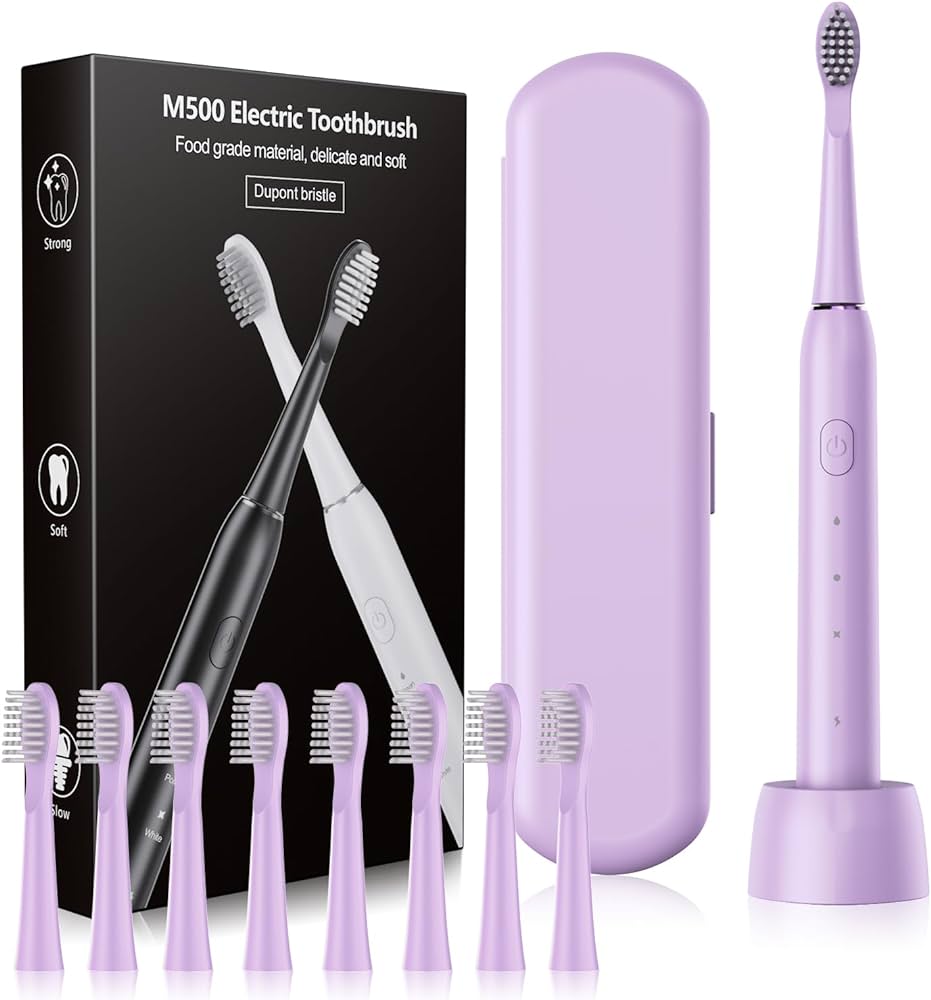
Considering Environmental and Health Aspects
Sterilization methods also have environmental and health implications that should be considered.
Boiling and Environmental Impact: Boiling uses energy, contributing to environmental impact. However, it is a chemical-free process that eliminates the need for disposable disinfecting products.
Chemical Disinfectants: Hydrogen peroxide and mouthwash contain chemicals that can have environmental and health impacts if not disposed of properly. Choose biodegradable options and dispose of chemicals responsibly.
UV Sanitizers Efficiency: UV sanitizers eliminate the need for chemical disinfectants, reducing environmental impact. However, they require electricity, so consider energy-efficient models and use renewable energy sources when possible.
Natural Methods and Sustainability: Using natural disinfectants like vinegar has minimal environmental impact. Incorporating sustainable practices in toothbrush maintenance contributes to overall environmental health.
Conclusion
Boiling a toothbrush for 3 to 5 minutes is an effective method for killing bacteria, including strep, and ensuring a clean and hygienic oral care routine. Proper boiling techniques, alternative disinfection methods, and regular maintenance practices enhance the effectiveness and longevity of your toothbrush. User insights, professional advice, and daily routines provide valuable perspectives on maintaining oral health. By considering the advantages, potential drawbacks, and environmental implications of different disinfection methods, you can choose the best approach for your needs. Implementing thorough and regular sterile practices ensures a healthier and cleaner mouth, preventing infections and promoting overall wellbeing. Whether through boiling, using chemical disinfectants, or employing UV sanitizers, maintaining a clean toothbrush is essential for optimal oral hygiene.


